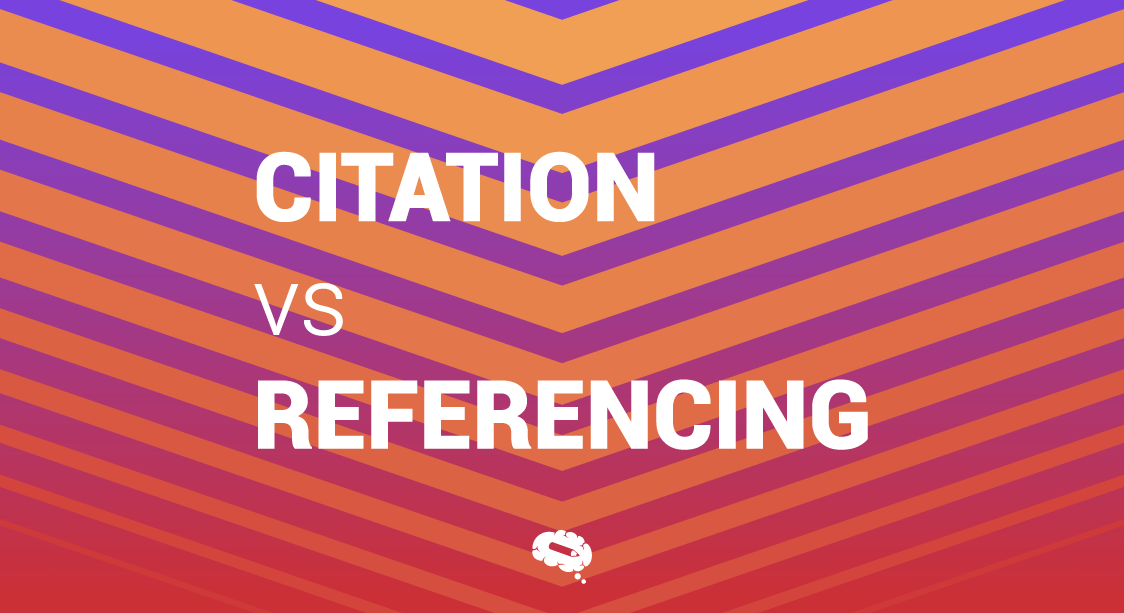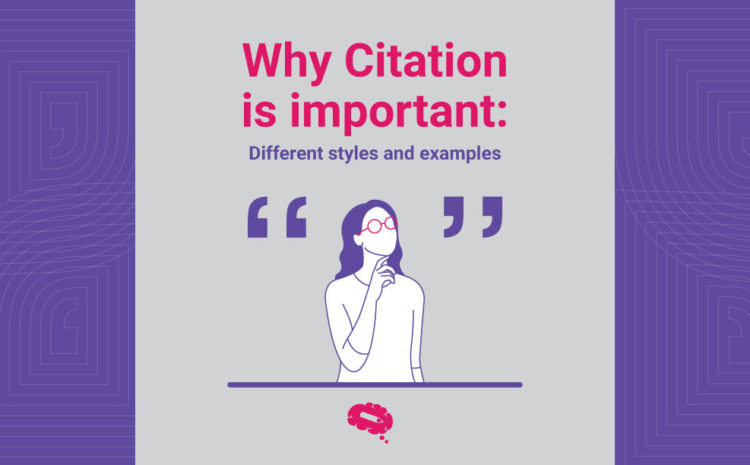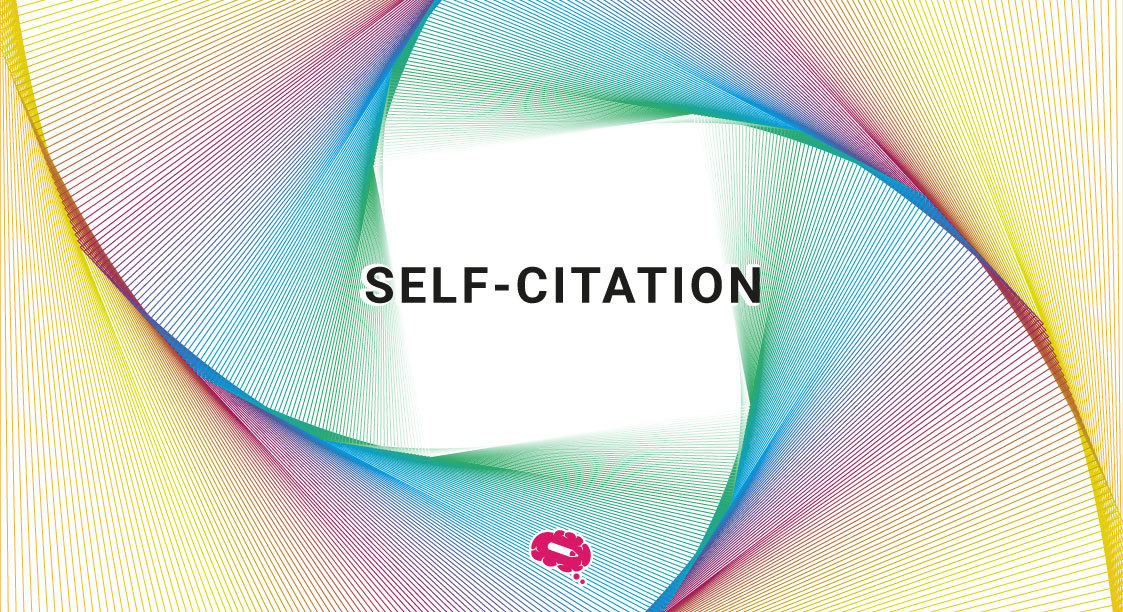The Harvard style of citation, also known as the author-date system, is a widely used method for referencing sources in academic writing. This citation style requires authors to provide in-text citations that include the author’s last name and the publication year, along with a detailed reference list at the end of the document. The Harvard style is prized for its simplicity and clarity, making it easy for readers to trace sources and verify information. Proper citation is crucial in academic writing as it acknowledges the original authors’ contributions, supports the writer’s arguments, and helps avoid plagiarism. By adhering to the Harvard style, scholars ensure their work maintains academic integrity and credibility, which are essential in the pursuit of knowledge and scholarly discourse.
Harvard Style Citation
General Principles
The Harvard style citation is grounded in fundamental principles that ensure clarity, consistency, and ease of reference. One key principle is the reference organization, listed in alphabetical order by the author’s last name. This systematic arrangement allows readers to quickly locate sources and verify the referenced materials. Each entry in the reference list provides comprehensive details about the source, including the author’s name, publication year, title, and publication information.
Another essential aspect of the Harvard citation style is the consistent use of punctuation and layout. This includes specific formatting rules for in-text citations and the reference list, such as using parentheses for in-text citations and ensuring that all elements in the reference list entry are properly punctuated and formatted. Consistent application of these rules across all citations not only enhances readability but also ensures that the document adheres to academic standards. Adhering to these principles is crucial for maintaining the integrity and professionalism of academic writing, facilitating the reader’s ability to follow the research trail and evaluate the credibility of the sources used.
In-Text Citations
Author-Date System
The Harvard style of citation primarily uses the author-date system for in-text citations. This method involves including the author’s last name and the year of publication within the text, which provides immediate source attribution without interrupting the flow of reading. For example, a typical in-text citation might appear as (Smith, 2020) or Smith (2020) states that…
Placement Within the Text
The placement of in-text citations is important for clarity and readability. In the Harvard style, citations should be placed at the point in the text where the source is referenced, ideally at the end of a sentence or clause. When directly quoting, the page number should also be included, for example, (Smith, 2020, p. 15). This practice ensures that the source of information is clear and allows readers to locate the original material easily. When citing multiple works, they should be listed in chronological order and separated by semicolons, such as (Smith, 2020; Jones, 2019; Brown, 2018). Consistent placement and formatting of in-text citations help maintain a structured and professional appearance in academic writing.
Formatting References
Books
Format for Single Author
When referencing a book written by a single author in Harvard style, the following format should be used:
- Author’s Last Name, First Initial(s). (Year of Publication) Title of the Book. Edition (if not the first). Place of Publication: Publisher.
Format for Multiple Authors
For books with multiple authors, the format is slightly modified to include all authors:
- Author’s Last Name, First Initial(s), and Author’s Last Name, First Initial(s). (Year of Publication) Title of the Book. Edition (if not the first). Place of Publication: Publisher.
Example of How to Cite a Book
- Single Author:
- Smith, J. (2020) Understanding Psychology. 3rd ed. New York: Academic Press.
- Multiple Authors:
- Brown, L. and Green, S. (2018) Introduction to Sociology. 2nd ed. London: Sage Publications.
In these examples, the title of the book is italicized, and the place of publication is followed by the publisher. For multiple authors, the names are separated by “and” and are presented in the order they appear in the book. This formatting ensures consistency and clarity in academic writing, making it easy for readers to locate and verify the referenced sources.
Journal Articles
When citing a journal article in Harvard style, it is important to include the following elements:
- Author’s Last Name, First Initial(s).
- Year of Publication.
- Title of the Article.
- Title of the Journal (italicized).
- Volume Number.
- Issue Number (if applicable).
- Page Numbers of the Article.
Format for Single and Multiple Authors
Single Author:
- Author’s Last Name, First Initial(s). (Year) ‘Title of the Article’, Title of the Journal, Volume Number(Issue Number), pp. Page Numbers.
Multiple Authors:
- Author’s Last Name, First Initial(s.), Author’s Last Name, First Initial(s.), and Author’s Last Name, First Initial(s). (Year) ‘Title of the Article’, Title of the Journal, Volume Number(Issue Number), pp. Page Numbers.
Example of How to Cite a Journal Article
- Single Author:
- Smith, J. (2020) ‘The impact of social media on youth’, Journal of Social Research, 15(2), pp. 123-145.
- Multiple Authors:
- Brown, L., Green, S., and White, M. (2018) ‘A study of climate change patterns’, Environmental Science Journal, 22(4), pp. 67-89.
In these examples, the title of the article is in single quotation marks, the title of the journal is italicized, and the volume number is followed by the issue number in parentheses. The page numbers are preceded by “pp.” to indicate the pages covered by the article. This consistent formatting ensures clarity and allows readers to easily locate and verify the referenced articles.
Online Sources
Website Citation Format
When citing a website in Harvard style, include the following elements:
- Author’s Last Name, First Initial(s). (Year) Title of Webpage. Available at: URL (Accessed: Date).
Blog and Online Article Citation Format
For blogs and online articles, the format is similar but includes additional details about the blog or publication:
- Author’s Last Name, First Initial(s). (Year) ‘Title of Blog Post or Article’, Title of Blog or Website. Available at: URL (Accessed: Date).
Example of How to Cite an Online Source
- Website:
- Smith, J. (2020) Guide to Effective Academic Writing. Available at: http://www.academicwritingguide.com (Accessed: 5 July 2024).
- Blog:
- Brown, L. (2018) ‘The Future of Higher Education’, Education Today. Available at: http://www.educationtoday.com/blog/future-higher-education (Accessed: 5 July 2024).
- Online Article:
- Green, S. (2019) ‘Climate Change and Its Effects’, Environmental News Online. Available at: http://www.enviro-news.com/climate-change-effects (Accessed: 5 July 2024).
In these examples, the title of the webpage or blog post is italicized for websites, while the titles of blog posts and articles are placed in single quotation marks. The title of the blog or website is italicized, and the URL is included along with the access date in parentheses. This format ensures that readers can easily locate the source and verify the information.
If you’re citing a movie in Harvard Style, you can find more information on how to do so in Mind the Graph’s guide on citing a movie: How to Cite a Movie: MLA, APA, Chicago, and Harvard Styles.
Special Cases
Secondary Referencing
Secondary referencing occurs when you refer to a source cited within another source. This situation arises when the original work is not available, and you rely on the interpretation or data provided by a secondary source. It is important to use secondary referencing sparingly and only when necessary, as it is always best to consult the primary source directly.
Also read: Citation vs Referencing: Understanding the Key Differences
In Harvard style, when citing a secondary source, you must acknowledge both the original and the secondary source in your text, but only include the secondary source in your reference list. The in-text citation should indicate that you are citing a secondary source by using “cited in”.
In-Text Citation Format:
- (Original Author, Year, cited in Secondary Author, Year)
Example:
- In-Text Citation:
- According to Freud (1900, cited in Smith, 2020), the unconscious mind plays a significant role in human behavior.
Reference List Format:
- Only the secondary source (Smith, 2020) is included in the reference list.
Reference List Example:
- Smith, J. (2020) Introduction to Psychology. New York: Academic Press.
Multiple Works by the Same Author
When citing multiple works by the same author in Harvard style, it is essential to differentiate between these works to avoid confusion for the reader.
To differentiate between works by the same author, include the publication year directly after the author’s name in the in-text citation. If the works were published in the same year, add lowercase letters (a, b, c, etc.) after the year to distinguish between them chronologically.
Formatting Approach
In-Text Citation Format:
- Author’s Last Name, Year
- Author’s Last Name, Year (a)
- Author’s Last Name, Year (b)
- Author’s Last Name, Year (c), etc.
Example:
- In-Text Citations:
- Smith (2018) argues that…
- Smith (2019a) found evidence that…
- Smith (2019b) conducted a follow-up study…
Reference List Format:
- List the works in chronological order by publication year in the reference list.
Reference List Example:
- Smith, J. (2018) The Role of Technology in Education. London: Academic Press.
- Smith, J. (2019a) Impact of Social Media on Youth. New York: Springer.
- Smith, J. (2019b) Digital Literacy in the Classroom. Oxford: Oxford University Press.
No Author
When citing a source with no author in Harvard style, use the title of the work in place of the author’s name. If the title is long, you can shorten it for the in-text citation.
In-Text Citation Format:
- (Title of the Work, Year)
Example: In-Text Citation:
- Statistics show an increase in global temperatures (“Climate Change Report,” 2020).
Reference List Format:
- List the title of the work in place of the author’s name.
Reference List Example:
- “Climate Change Report” (2020) Environmental Studies Journal, 15(3), pp. 45-58.
By using this approach, you provide clear and concise citations that allow readers to easily identify and locate the specific works referenced in your academic writing. This method ensures accuracy and maintains the integrity of your citations in accordance with Harvard style guidelines. You can use tools like this Harvard citation generator to help automate the formatting of your references.
Creating a Reference List
General Rules
In Harvard style, the reference list is a comprehensive alphabetical list of all sources cited in your work. Each entry in the reference list should provide enough information for the reader to locate the original source.
References in the Harvard style reference list should be organized alphabetically by the author’s last name. If there is no author, entries should be alphabetized by the title of the work (excluding articles like “a”, “an”, or “the”). If multiple works by the same author are cited, arrange them chronologically by year of publication, with the earliest first.
Format of Each Entry:
- Author’s Last Name, First Initial(s). (Year) Title of the Book/Article. Edition (if applicable). Place of Publication: Publisher.
- Author’s Last Name, First Initial(s). (Year) ‘Title of the Article’. Title of the Journal, Volume(Issue), pp. Page Numbers.
- Author’s Last Name, First Initial(s). (Year) Title of the Webpage/Blog Post. Available at: URL (Accessed: Date).
Example of a Reference List:
Here is an example illustrating the layout and alphabetical organization of a Harvard style reference list:
- Brown, L. (2018) Introduction to Sociology. 3rd ed. London: Pearson Education.
- Smith, J. (2020) ‘The Impact of Social Media on Youth’. Journal of Social Research, 15(2), pp. 123-145.
- Jones, M. (2019) Effective Study Skills. New York: Academic Press.
- White, A. (2021) ‘Understanding Climate Change’. Environmental Science Journal, 25(4), pp. 567-589.
- Green, S. (2017) Guide to Academic Writing. Available at: http://www.academicwritingguide.com (Accessed: 5 July 2024).
By adhering to these guidelines for layout, structure, and alphabetical organization, you ensure that your Harvard style reference list is clear, consistent, and easily navigable for readers seeking to verify your sources and explore further readings.
The World’s Largest Scientifically-Accurate Illustrations Gallery
Mind the Graph offers scientists access to the world’s largest scientifically accurate illustrations gallery. This platform provides researchers with an extensive collection of visual resources tailored specifically for scientific communication. Scientists can create professional-quality graphical abstracts, posters, infographics, and presentations using customizable templates and a library of ready-to-use scientific icons, images, and charts. Mind the Graph supports effective scientific storytelling by enabling researchers to visually communicate complex ideas and data, enhancing the impact and clarity of their research publications and presentations. Sign up for free and test the tool!

Subscribe to our newsletter
Exclusive high quality content about effective visual
communication in science.








